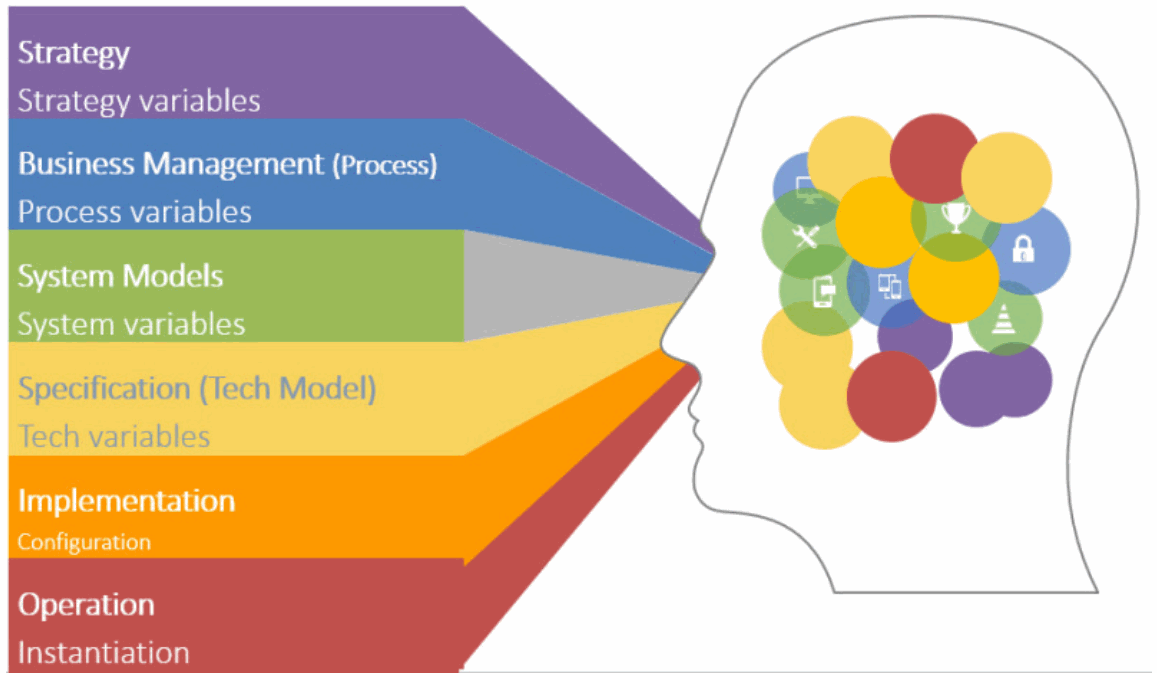In the ever-evolving landscape of technology, we stand on the precipice of a monumental shift. The era of Artificial Intelligence (AI) has set the stage for what's to come, but it's in the emerging concept of Real Intelligence (RI) that we find the true future of innovation.

As we venture beyond the confines of AI, we embrace a new paradigm where technology amplifies human intellect and creativity, rather than seeking to mimic or replace it.
Real Intelligence: A New Enterprise Model
Real Intelligence is not just an advancement in technology; it's a fundamental rethinking of the relationship between human cognition and digital capabilities. RI represents a fusion of human insight with computational power, emphasizing augmentation over automation. It's about creating systems that understand context, adapt to new situations, and enhance human decision-making processes.
The Limitations of AI
While AI has brought remarkable advancements, its limitations have become increasingly apparent.
The essence of intelligence, with its limited understanding and emotional depth, cannot be fully replicated by algorithms.

This realization compels us to move beyond AI, towards a model that respects and leverages the unique capabilities of the human mind.
The Vision for RI
The vision for Real Intelligence is clear: technology should serve to extend the reach of human potential, not confine it. RI is about developing tools that intuitively integrate with our daily lives, enhancing our ability to innovate, solve complex problems, and create new forms of art and expression.
It's a call to action for technologists and innovators to design with human needs and capabilities at the forefront.
Have you ever pondered the intricacies of transforming abstract ideas into tangible realities? Within the labyrinth of the human mind lies a remarkable capability – the ability to perceive the world from multiple perspectives simultaneously.
However, when it comes to translating these perspectives into actionable blueprints for real-world implementation, architects play a pivotal role in bringing clarity to complexity.
In the realm of architecture, this journey from mental abstraction to visual representation is akin to crafting a finely woven tapestry of interconnected concepts and structures.
The shift from AI to RI has profound implications for society. By focusing on technologies that genuinely augment human abilities, we can address some of the most pressing challenges of our time, from climate change to healthcare.
RI can transform education, making learning more accessible and personalized, and it can revolutionize industries by enabling more collaborative and intuitive ways of working.
The transition to Real Intelligence is not just a technological shift; it's a societal evolution. It calls for a collaborative effort among policymakers, educators, technologists, and the public to rethink our relationship with technology.
As we chart this new territory, let's commit to a future where technology amplifies the best of what it means to be human, unlocking a new era of creativity and innovation.

